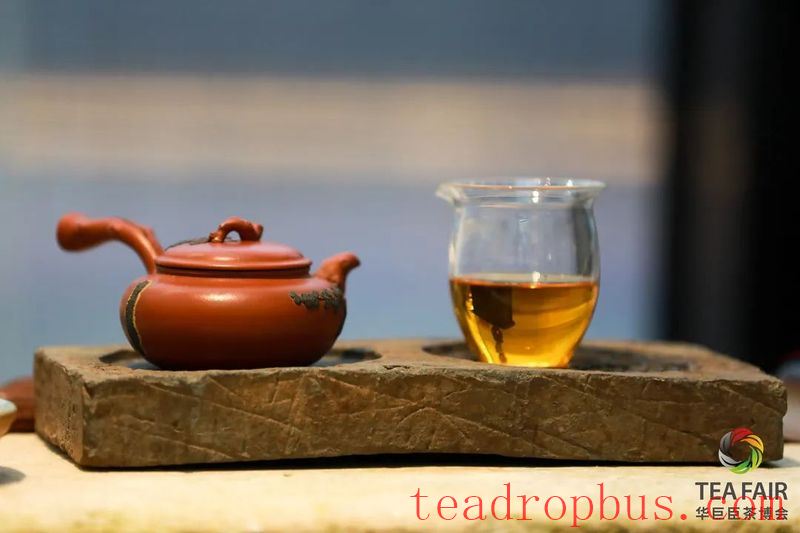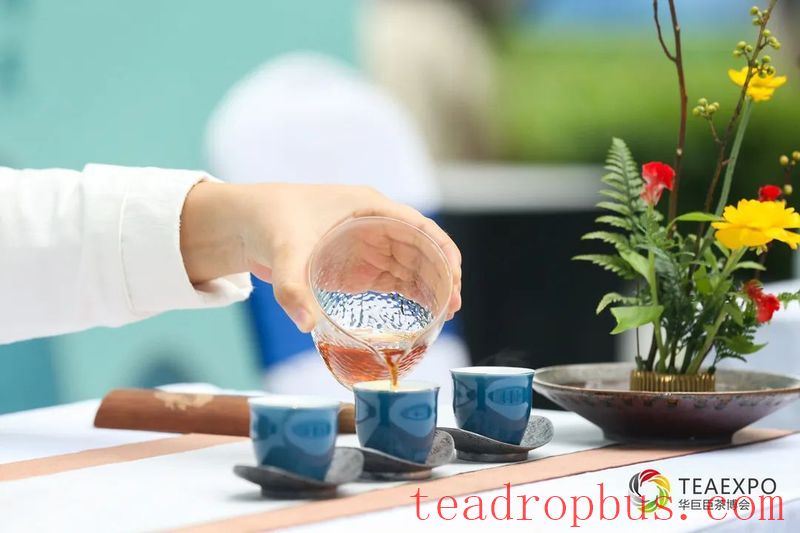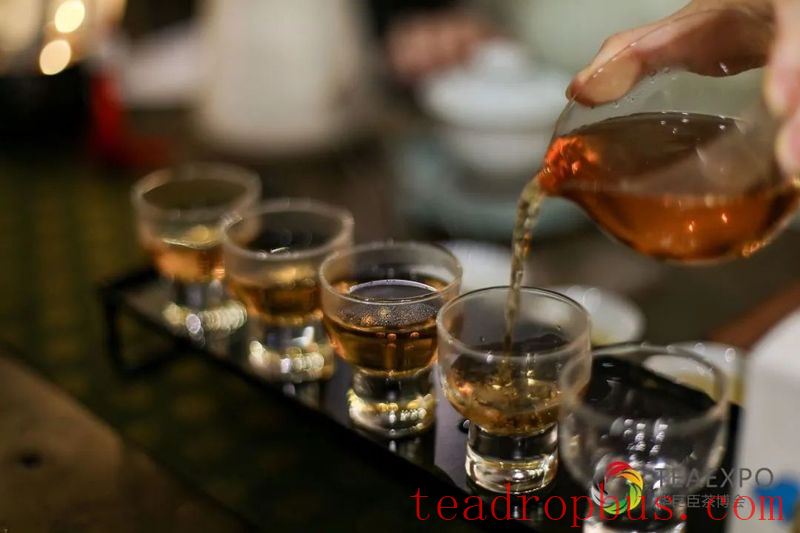Pu'er Tea, the magical leaf from Yunnan, has been a hot favorite in the tea world for over a decade, with a large following of enthusiasts.
Processed through specific methods, Pu'er tea is divided into raw (sheng) and ripened (shou) varieties. Although ripened Pu'er may not exhibit the same range of flavors as its raw counterpart, it has its own unique charm.
How can one appreciate the “aroma, sweetness, richness, smoothness” of ripened Pu'er tea? To truly understand it, focus on these six aspects: thickness, smoothness, moisture, sweetness, purity, and aroma.

01
Thickness
“Thickness” is determined by the amount of inherent substances present. The thicker the tea soup, the more material the mouth perceives, leading to a richer taste.
Thickness is not the same as concentration; thickness relates to the texture of the Pu'er tea, while a “concentrated” flavor indicates a rapid release of substances that do not continue to develop. “Viscosity” describes the density of substances within the tea soup. When there is a higher concentration of dissolved substances, the tea feels thicker and denser in the mouth.

02
Smoothness
Often described vividly as an “oily smoothness” similar to chicken broth or rice porridge. Smooth tea flows naturally down the throat and into the stomach, providing a comfortable, rounded sensation.
Smoothness is also related to the thickness of the tea. The richer the tea, the more noticeable its smoothness. When tea soup enters the mouth and then flows smoothly down the throat into the stomach, it gives a very pleasant and natural feeling, leaving a strong impression on the taster. Poor quality tea, on the other hand, can have a choking effect.
03
Moisture
“Moisture” refers both to quenching thirst and nourishing the mouth, as well as warming and soothing the stomach, much like gentle rain nourishing everything silently.
Moistening the throat is the first step in quenching thirst. After drinking the tea, the thirst is quickly alleviated, leaving one feeling refreshed. The production of saliva after drinking not only soothes the throat and nourishes the mouth but also enhances the spiritual enjoyment of tea.
04
Sweetness
Sweetness is perhaps the simplest and most direct aspect to evaluate in ripened tea. A good ripened tea emits a sweet aroma even before tasting, which is often the most memorable and brings about a basic sense of happiness.
The sweetness is felt almost immediately upon contact with the tongue and spreads throughout the mouth, lingering for a long time.

05
Purity
“Purity” means the absence of any off-flavors. Purity is a critical indicator of the skill involved in the fermentation process of ripened tea, which can be influenced by the choice of raw materials, processing techniques, and storage conditions.
Tea with high purity tastes clean and comfortable, even those who are not particularly fond of ripened tea will find it palatable. It's worth noting that initial grassy or fermentation flavors can diminish over proper storage, not negating its potential for aging.
06
Aroma
Raw material aromas and processing aromas create different characters, adding another layer of charm to ripened tea. Aromas provide an additional dimension of enjoyment beyond taste and touch, enhancing the overall experience. Proper storage can lead to a greater variety of aromas over time.
Fermentation aroma is the foundational scent of ripened tea. If stored properly, ripened teas aged for five years or more can develop a more complex array of aromas, such as camphor, ginseng, medicinal, jujube, fermentation, woody, etc. However, this depends on the quality of the tea, storage conditions, and the passage of time.